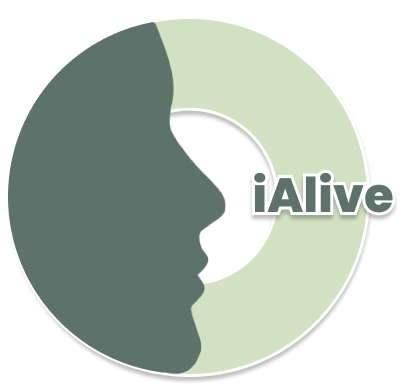Watching from China? Try
Transcript
Module 3: Talking About Suicide – A Practical Guide
Step 3: Conversation
1. Once you’ve asked the person about suicidal thoughts or intentions, it’s essential to keep the conversation going.
2. Your role is not to fix their problems but to stay present, listen, and let them feel heard. Express hope, understanding, and a willingness to listen without judgment. This can ease their sense of isolation and help restore a glimmer of hope.
3. If someone says they want to die, explore that feeling with care. It’s important to understand how often they have these thoughts, how strong the suicidal intent is, and whether they have a specific plan. Ask about any past suicide attempts or self-harming behaviors. You can move from gentler to more direct questions—what matters most is staying engaged.
4. As you talk, communicate warmth and care. Avoid giving the impression that the topic is too heavy, awkward, or inappropriate. If the person senses discomfort, they may pull away or minimize their distress, saying things like “It’s not that serious” or “I’ll manage somehow”. You can be honest: let them know the conversation is difficult for you too, but you’re there because you care. Your presence and encouragement help create a space of safety and acceptance, where reflection and insight become possible. When someone is considering suicide, their thinking often becomes narrowed, making it hard to see other options or remember coping strategies that usually help. Just talking can help interrupt this tunnel vision, create space for other perspectives, and buy time for the person to reconnect with life.
5. Try to gently explore their reasons for wanting to die not to argue or advise, but to understand what feels unbearable to them. Afterward, try to explore their reasons for living, even if just for today or this week. Ask who might miss them, or what they feel proud of, however small. A person willing to open up about their distress often does not want to die, but rather to escape their pain. By discussing both the wish to die and the wish to live, you help them reconnect with their values, strengths, and support—and that can be a powerful first step toward healing.

